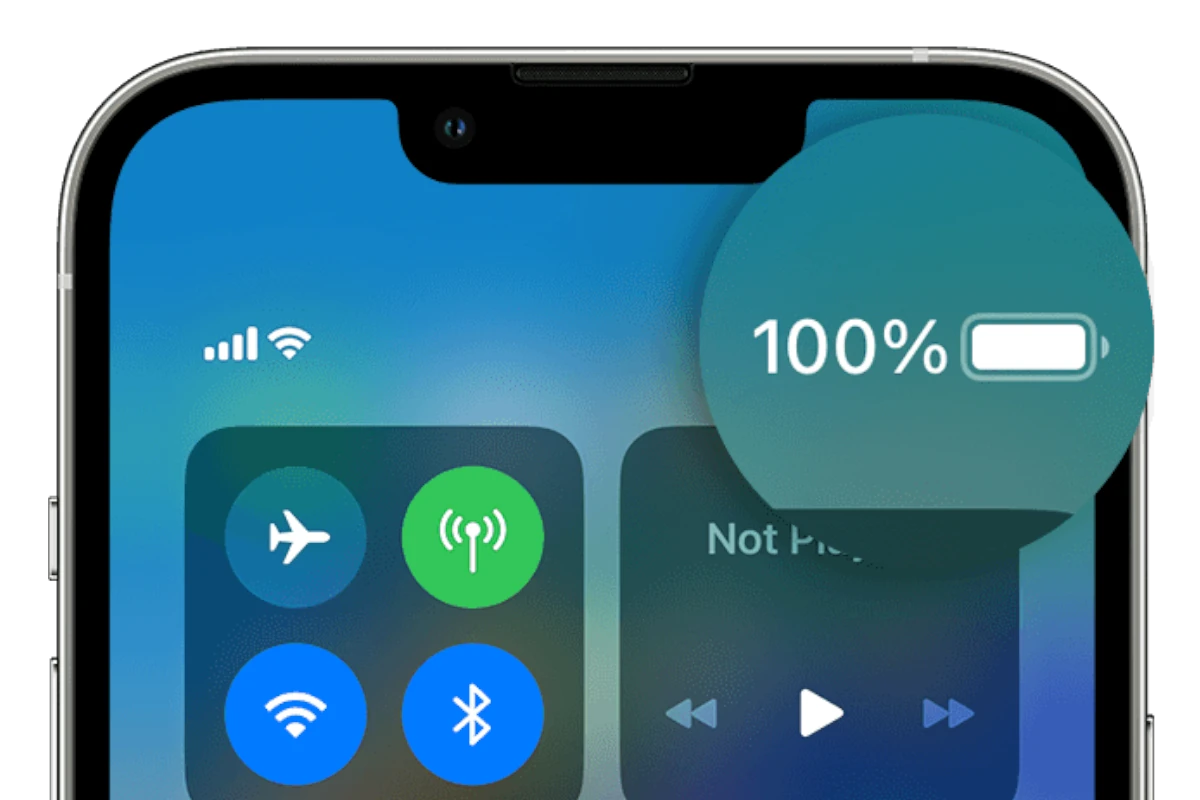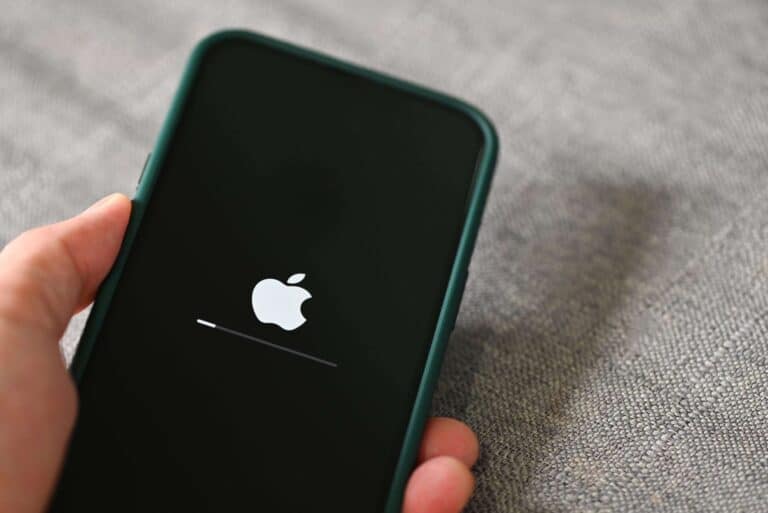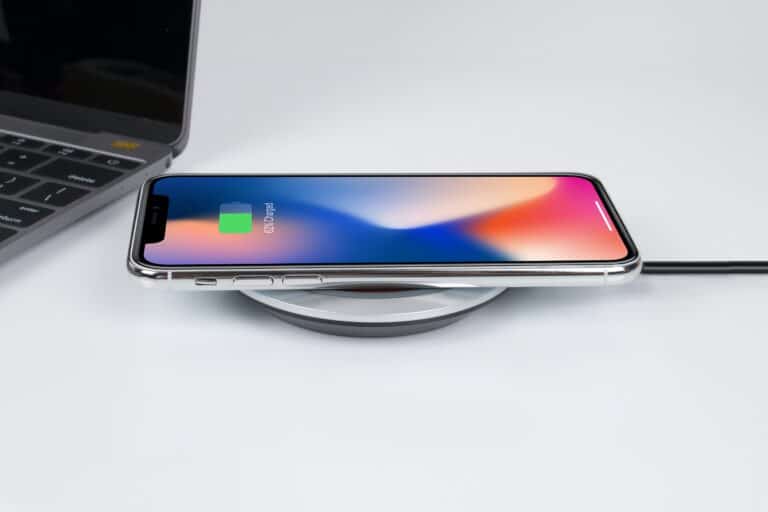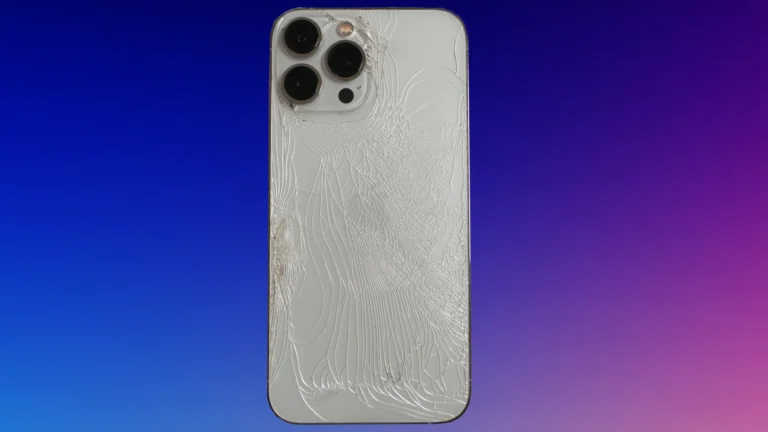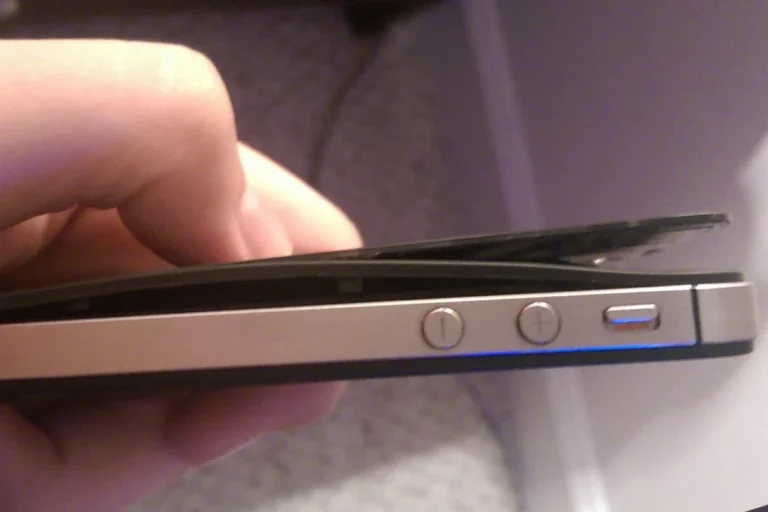Maintaining your iPhone battery health is crucial for getting the best performance out of your device. To check your iPhone battery health, go to Settings > Battery > Battery Health & Charging. This will show Maximum Capacity and if your battery needs replacement. Keeping an eye on these metrics can help you decide when it’s time for a battery replacement or adjust habits to extend battery life.
In addition to checking battery health, users can also improve battery longevity by managing settings. For example, turning off features like the parallax effect and adjusting screen brightness can reduce battery drain. Understanding these simple, effective strategies can make a significant difference in how long your battery lasts throughout the day.
Many users also have questions about other aspects, such as optimal charging habits and what drains battery life the most. Addressing these common concerns can help users keep their iPhone battery in top shape and avoid unexpected power issues.
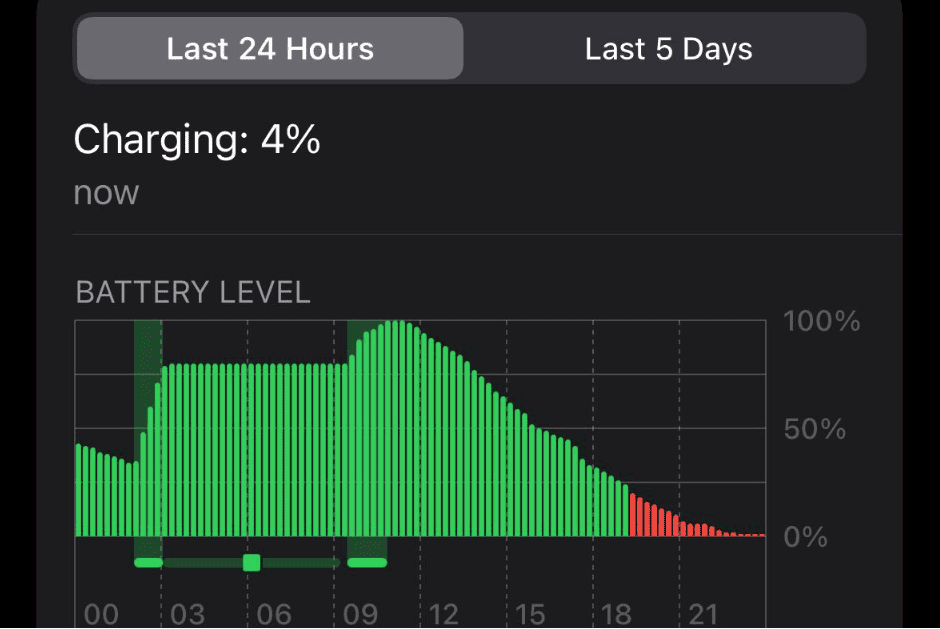
Maximize Your iPhone’s Battery Life: The Ultimate Guide
What is iPhone Battery Health?
Your iPhone battery health indicates its overall condition and capacity compared to when it was new. It’s a crucial factor in determining how long your phone will last between charges. As the battery ages, its capacity naturally decreases, meaning it won’t hold as much charge as it used to.
Checking Your iPhone Battery Health
You can easily check your battery health by going to Settings > Battery > Battery Health & Charging. Here, you’ll see a percentage indicating your battery’s maximum capacity. A new battery should show 100%, but anything above 80% is generally considered good.
Factors Affecting Battery Health
Several factors can influence your iPhone’s battery health:
- Charge cycles: Each time you fully charge and discharge your battery, it completes a charge cycle. Batteries have a limited number of cycles before their capacity starts to degrade.
- Temperature: Extreme temperatures, both hot and cold, can negatively impact battery health. Avoid exposing your iPhone to extreme conditions.
- Charging habits: Consistently charging your phone to 100% or letting it drain completely can accelerate battery aging. It’s recommended to keep your battery between 20% and 80% most of the time.
Tips to Preserve Battery Health
Follow these tips to extend your iPhone’s battery life:
- Enable Optimized Battery Charging: This feature learns your charging habits and prevents your battery from charging to 100% until right before you typically unplug it.
- Reduce screen brightness: Dimming your screen can significantly save battery power.
- Use Low Power Mode: This mode limits background activity and performance to conserve battery life.
- Turn off unused features: Disable Bluetooth, Wi-Fi, and location services when you don’t need them.
- Avoid extreme temperatures: Don’t leave your phone in direct sunlight or freezing temperatures.
When to Replace Your Battery
If your battery health drops significantly (below 80%) and you notice your phone doesn’t last as long between charges, it might be time for a replacement. You can have your battery replaced by Apple or a qualified technician.
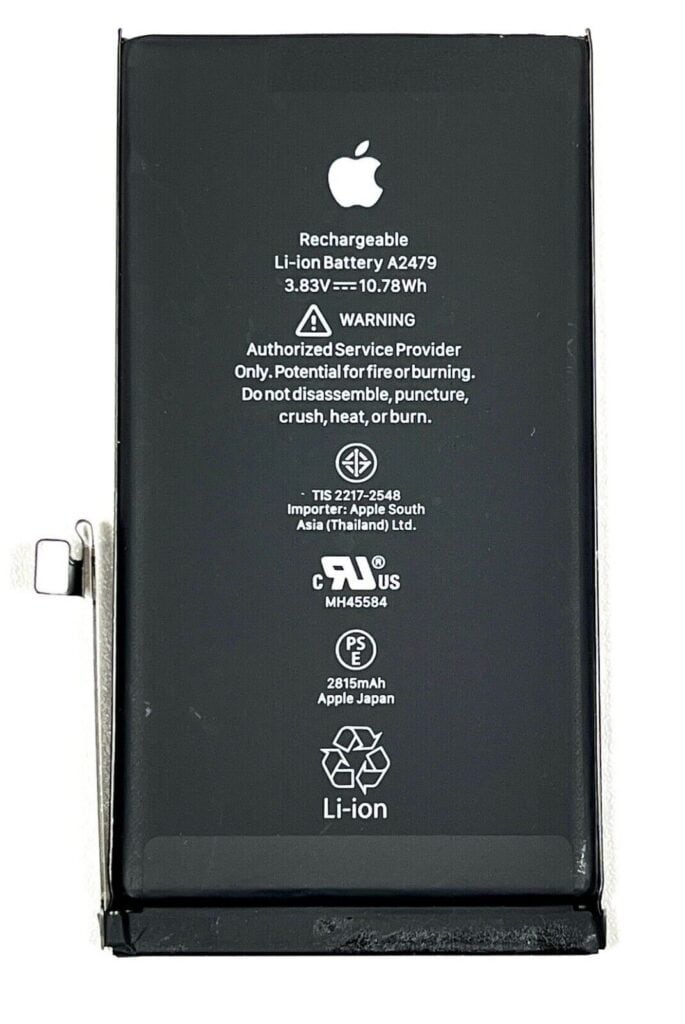
Battery Health Indicators
| Battery Health (%) | Status |
|---|---|
| 100-80 | Good |
| 79-70 | Fair |
| 69-50 | Poor |
| Below 50 | Replace |
Key Takeaways
- Check battery health in Settings under Battery.
- Simple adjustments help extend battery life.
- Common questions cover charging habits and battery drain.
Understanding iPhone Battery Health
The health of an iPhone battery impacts its performance and lifespan. Proper management can extend battery life and maintain optimal performance.
The Basics of iPhone Battery Health
iPhones use lithium-ion batteries that degrade over time. The battery’s maximum capacity shows how much charge it can hold compared to when it was new. A new battery starts at 100% capacity and declines with use and age.
Charge cycles also play a role. One cycle equals a full 100% charge. For instance, charging from 50% to 100% and then from 50% to 100% again counts as one cycle. More charge cycles lead to wear and reduced capacity.
Factors Affecting Battery Lifespan
Several factors affect an iPhone battery’s lifespan. High temperatures can degrade the battery faster. Keeping the phone in a cool environment will help prolong its life.
Usage patterns matter too. Heavy use of apps, especially games or video streaming, drains the battery quicker. Frequent charging can also accelerate aging. Using fast charging often can contribute to chemical aging, reducing battery performance over time.
Battery and iOS: How Software Influences Power
iOS includes features to help manage battery health. The Performance Management feature may reduce performance to prevent unexpected shutdowns when the battery is degraded. Users can disable this, but it might lead to less stable performance.
Battery Health & Charging options in Settings provide insights and tips for optimization. iOS updates sometimes include improvements to battery management, enhancing longevity and stability.
Monitoring Your iPhone’s Battery Health
Regularly checking battery health is essential. This can be done in Settings > Battery > Battery Health & Charging. Here, users can see maximum capacity and peak performance capability.
If the battery is degraded, it may not support peak performance. Users might see a notification prompting them to consider a battery replacement. This helps keep the device running smoothly, even as the battery ages.
Frequently Asked Questions
This section addresses common questions about iPhone battery health, covering topics from replacement recommendations to maintenance tips, and methods for checking battery status.
At what percentage should an iPhone battery be replaced?
Apple suggests considering a battery replacement when the maximum capacity falls below 80%. At this point, the battery may not hold a charge as effectively, leading to shorter battery life and decreased performance.
How can one check their iPhone’s battery health?
To check battery health, go to Settings > Battery > Battery Health. This feature, available on iPhones with iOS 11.3 or later, displays the maximum capacity and peak performance capability of the battery.
What is considered to be good battery health for an iPhone?
A battery with a maximum capacity above 80% is generally considered to be in good health. This means it can still perform efficiently and hold a reasonable charge compared to its original capacity.
Is an iPhone with 80% battery health still efficient?
Yes, an iPhone with 80% battery health is still efficient. It should still offer satisfactory performance and battery life for most users. However, for intensive usage, you might notice a slight reduction in battery longevity and performance.
What are the best practices to maintain 100% battery health on an iPhone?
To maintain optimal battery health, avoid extreme temperatures, use Apple-certified chargers, and reduce screen brightness. Enable Low Power Mode during extended usage, and update iOS regularly. Turning off background app refresh can also help conserve battery.
How does one check iPhone battery health on devices without activation?
If the device is not activated, battery health can be checked by connecting the iPhone to iTunes on a computer. The iTunes summary page will show the battery status and provide any relevant alerts or recommendations.

